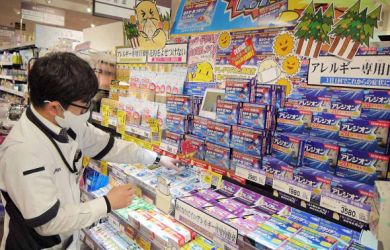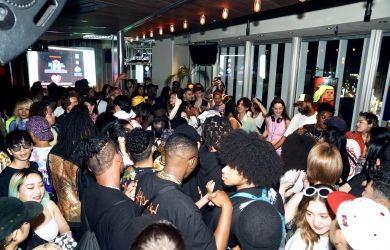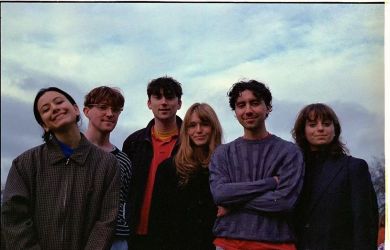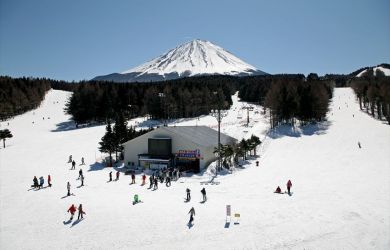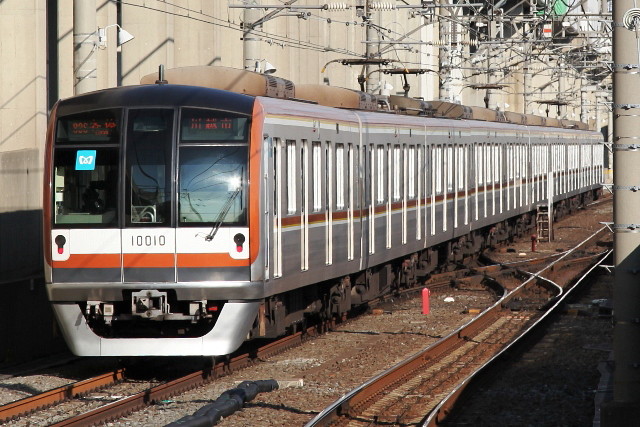
Running a northwest-southeast path through Tokyo’s outskirts and deep interior districts, the twenty four stations of the Tokyo Metro Yurakucho Line have been servicing passengers for almost half a century. Featuring a host of local and international destinations, the golden line takes passengers through rural suburbia, high-end government districts as well as the water views of Tokyo Bay.
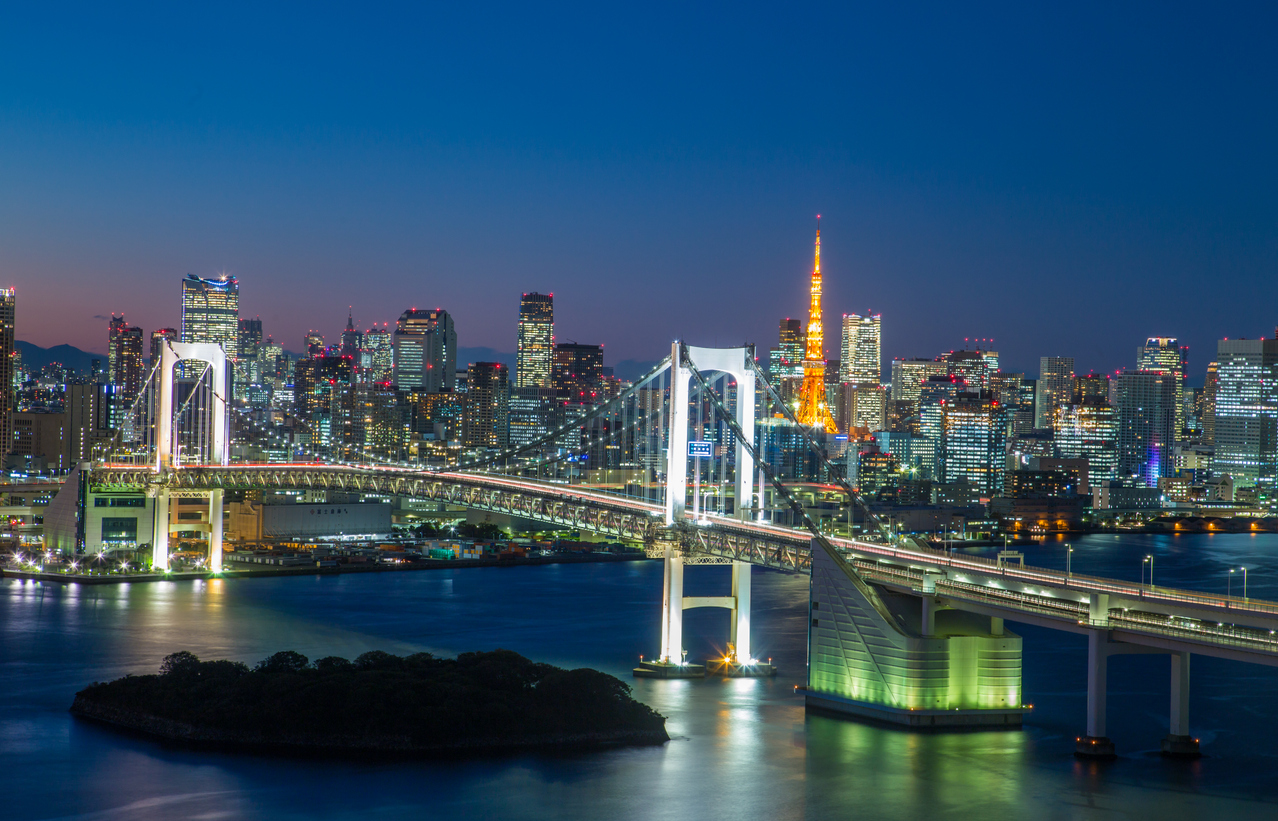
South of Wakoshi Station is the thoroughly modern Ofuro-no-Osama Wakoten public bathhouse. This huge complex is filled with hot baths, sauna and massage facilities as well as restaurants and lounge areas.
The area around Chikatetsu-Narimasu Station has a mini-fascination with noodles. Queues at Ramen Benten are common and with their hearty bowls of tsukemen dipping noodles and chashu pork toppings, it’s no wonder.
Happy Hawaii, a popular gift store close to Chikatetsu-Akatsuka Station, has been importing goods from the Hawaiian islands for over a decade now and is filled with classic Hawaiian goods.
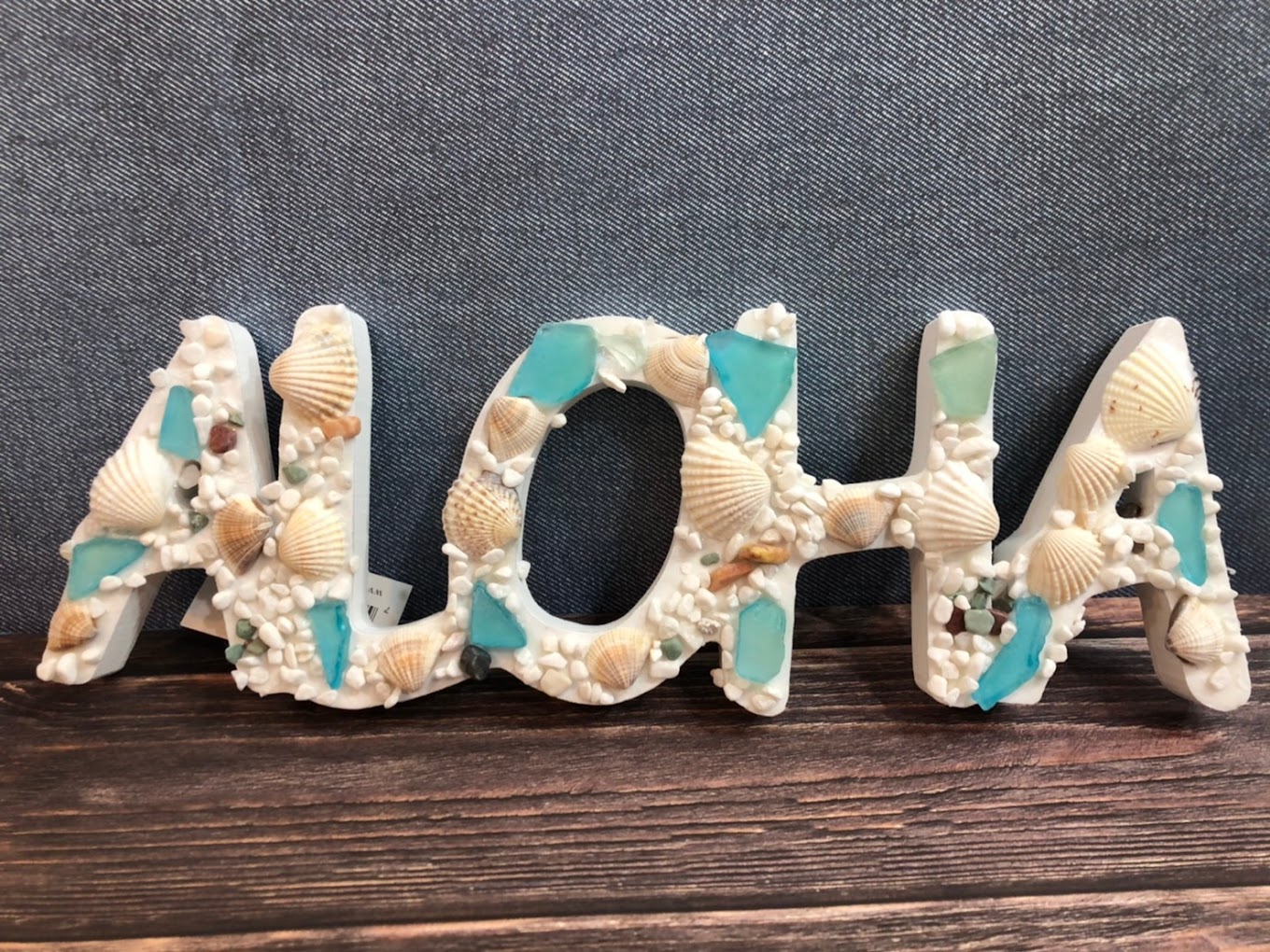
A short walk from Heiwadai Station lies Honju-in Temple and the 19th-century Sogyo Bato Kannon. This stone monument of a horse wearing a monk’s robe is designated as a cultural property of the area.
Hikawadai Station leads to Hikawa Jinja, a local shrine home to more cultural properties. These include 18th-century chikara-ishi river stones used as tests of strength and komainu lion dogs used to guard the shrine.
Quietly residential Kotake-Mukaihara Station features a historic curiosity at Nenokami-Iseki Ryokuchi Park. Built on ancient Jomon and Yayoi ruins, several earthenware artefacts are on display.
The bronze statues of Senkawa Sculpture Park close to Senkawa Station reveal an artistic heritage. The park itself was once the site of the late Nakano Soko’s studio whose sculptured works now feature.
Warmly baked aromas emanate out of Sail Knotz, a bakery close to Kanamecho Station. Mentaiko marinated roe baguettes and cranberry and walnut rolls reveal their Japanese and French inspirations.
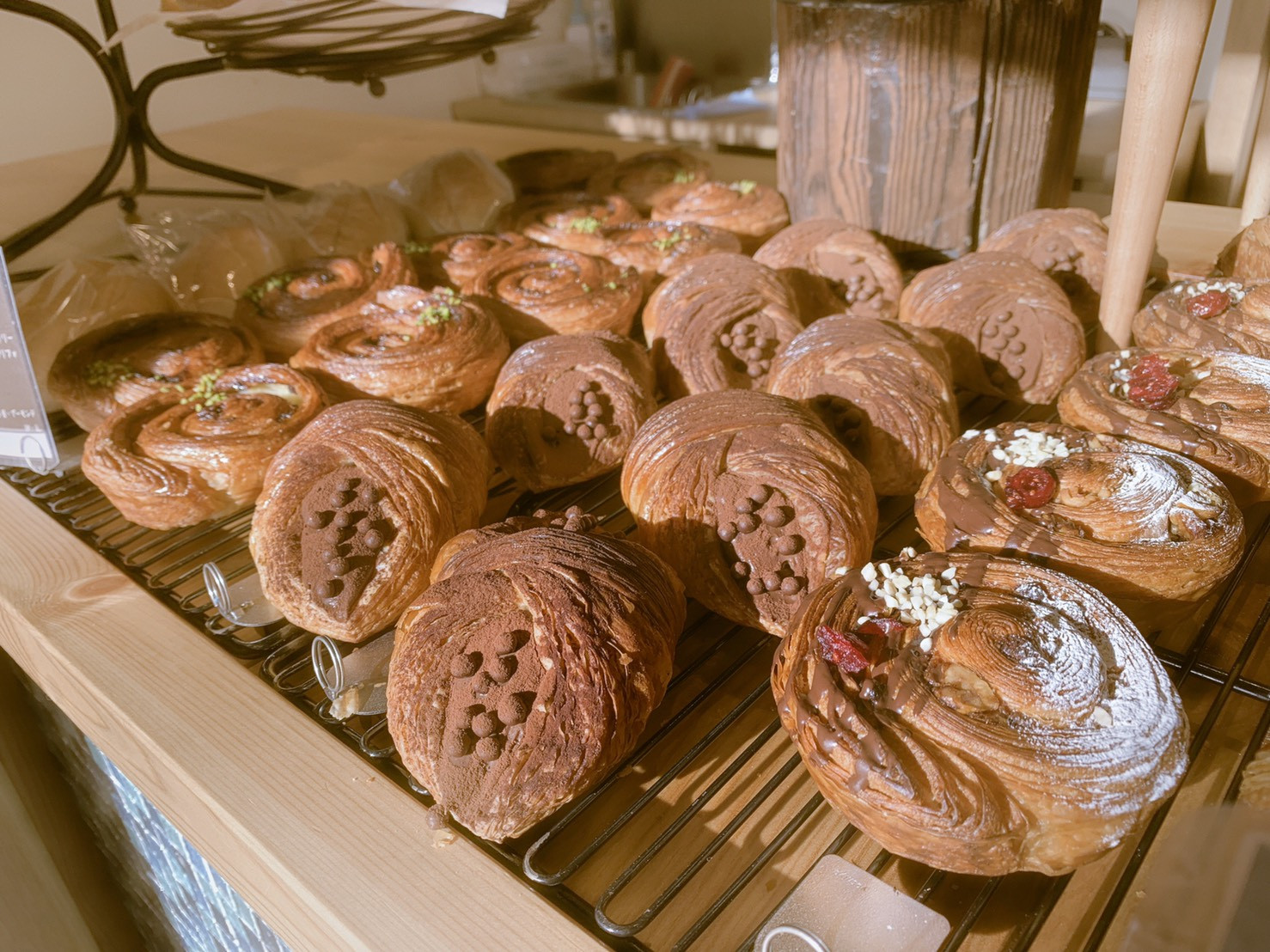
Challenging the image of Ikebukuro Station as Shinjuku’s edgier sibling is the Tokyo Metropolitan Theatre. Home to concert, performance, and exhibition halls, the theater houses the world’s largest pipe organ.
A little north of Higashi-Ikebukuro Station is Ike-Sunpark. A grassy community location with food carts and doubling as a high-tech evacuation park, each weekend sees market stalls offering organic produce.
Gokokuji Station takes you to the impressive Gokokuji Temple. Built by the fifth Tokugawa shogun, the temple is an Important Cultural Property, being one of the few sites to have survived the Tokyo air bombings of WW2.
Cross the Kanda River from Edogawabashi Station and you’ll find Gallery Field. This relatively recent edition to the arts community offers regular exhibitions of both Japanese and international modern artists.
From Iidabashi Station lies a blast of sushi bars, including the very local Yakko Sushi. With a value for money lunch menu, the restaurant is well loved for its chirashi seafood rice bowls.
Crossing the bridge from Ichigaya Station takes visitors to Chanoki Inari Shrine. Thought to have been directly connected to the famed monk, Kukai, the shrine’s set of stairs is a proper thigh buster.
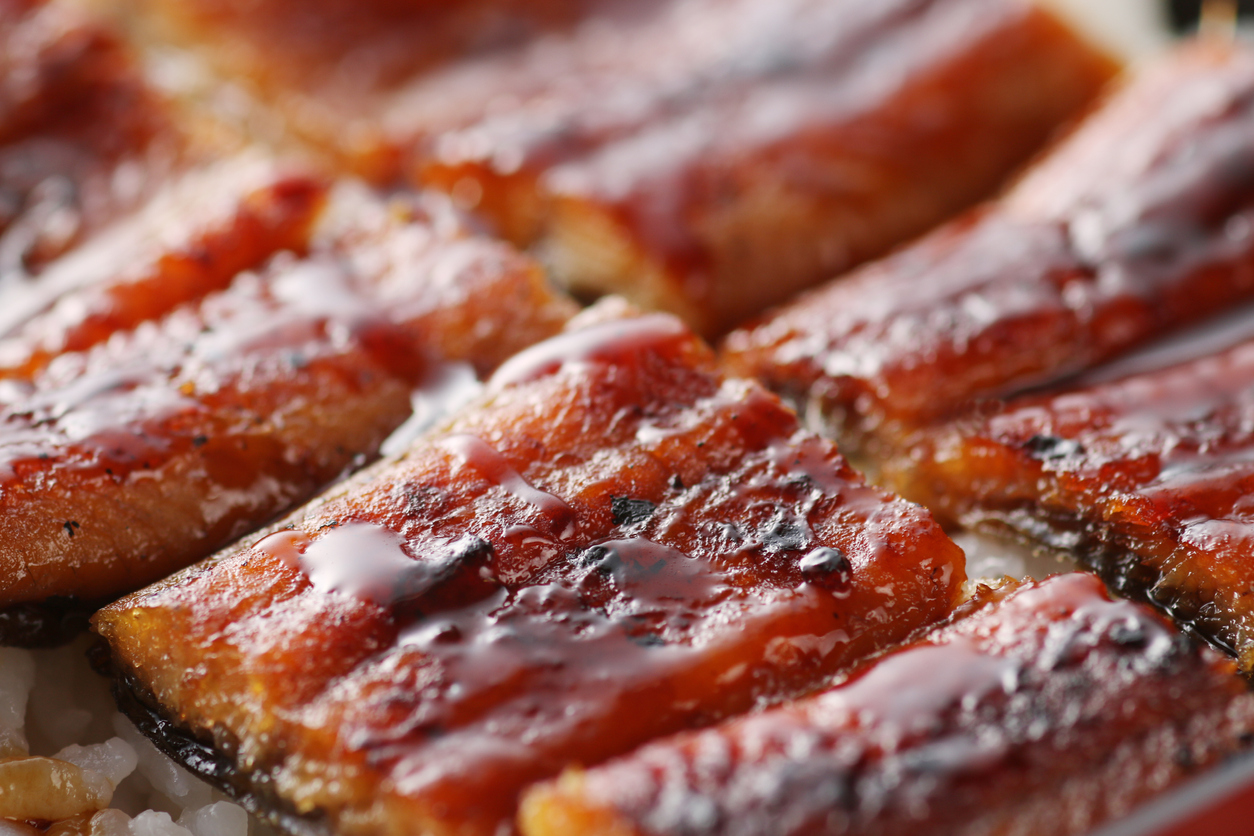
Unagi eel, one of Japan’s culinary pleasures, can be had at Akimoto Unagi outside of Koijimachi Station. Opened over a century ago, this restaurant prides itself on its generations-old sauce.
Though deep in Japan’s national government territory, Nagatacho Station manages to offer up the juicy taste of The Burger Shop Kioicho. From thick shakes to steakhouse burgers, this place has it all.
Overlooking Gaisen Moat surrounding the Imperial Palace is Sakuradamon Station and the Sakurada-mon Gate, location of the infamous 1860 samurai assassination of the Tokugawa government’s chief minister.
With no shortage of museums nearby is Yurackucho Station. And one of the most personal is the Mitsuo Aida Museum. Dedicated to Mitsuo Aida, the museum features the calligraphic and poetic works of the late ‘Poet of Zen.’
Yabaton Ginza is a tonkatsu pork cutlet restaurant just outside Ginza-Itchome Station. Using southern Kyushu pork and Aichi Prefecture-style miso flavoring, the deep red sauces and juicy cutlets are deep-fried heaven.
Meat lovers will lick their lips at Shintomicho Station thanks to Yakiniku Kazu. A pleasant atmosphere, honest service and some great wagyu beef to grill with Korean kimchi flavors help sell the deal.
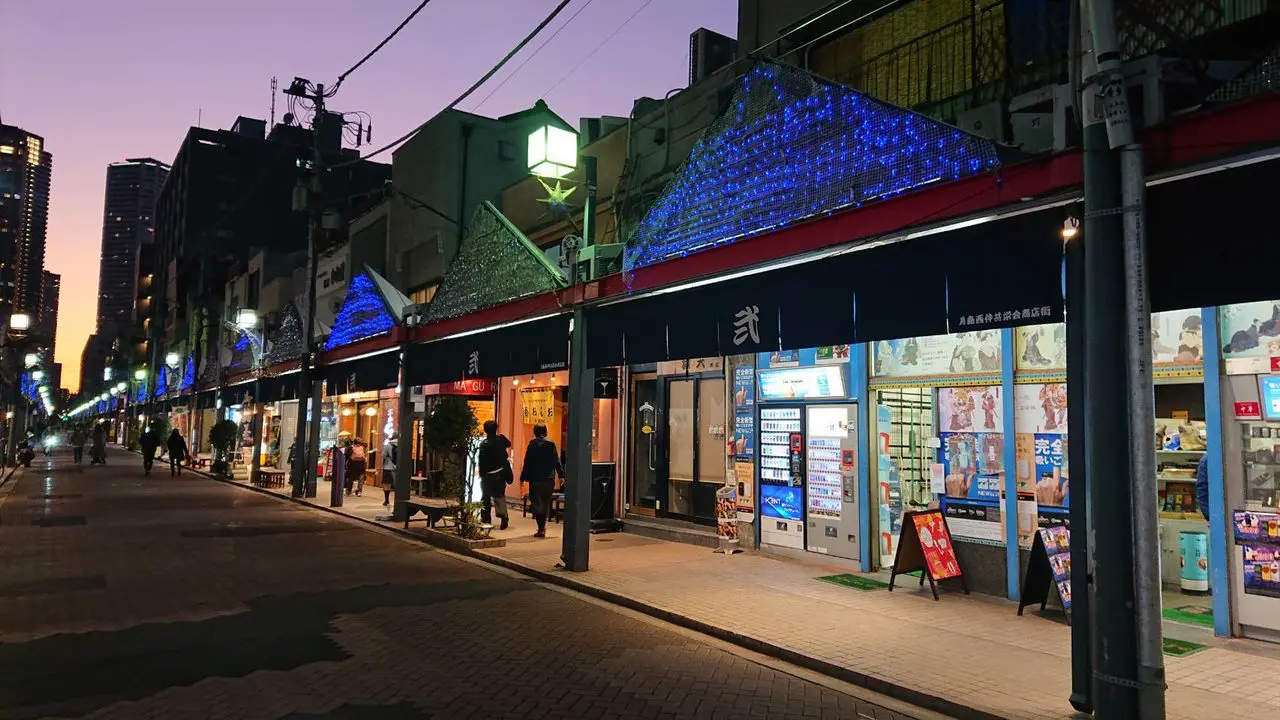
Outside of Tsukishima Station, monjayaki, a classic Tokyo comfort dish, rules the roost thanks to Tsukishima Monja Dori Street. With over 70 restaurants offering up variation upon variation, there’s no shortage of flavor to be had.
Toyosu Station is known for the huge Toyosu Market but for families, head to Kidzania Tokyo. A literal mini-city, children immerse themselves in roleplaying society as they explore the real world on their level.
Surrounded by the water view canals of Tokyo Bay, Tatsumi Station opens out onto the huge Tatsumi-no-Mori Seaside Park. Replete with sport fields, BBQ, and playgrounds, the park is a dream of green in Tokyo.
An exploration of local and high-end contrasts, the Metro Yurakucho Line ends its journey amidst the waterfront developments of Tokyo Bay at Shin-Kiba Station. From here, the impressive Yumenoshima Park Tropical Greenhouse Dome is a glorious outburst of greenery and an apt reminder that Tokyo’s subway system is a traveler’s delight.
The Tokyo Metro Yurakucho line can be explored using a Tokyo Subway 24-hour (¥800), 48-hour (¥1,200) or 72-hour (¥1,500) ticket.
